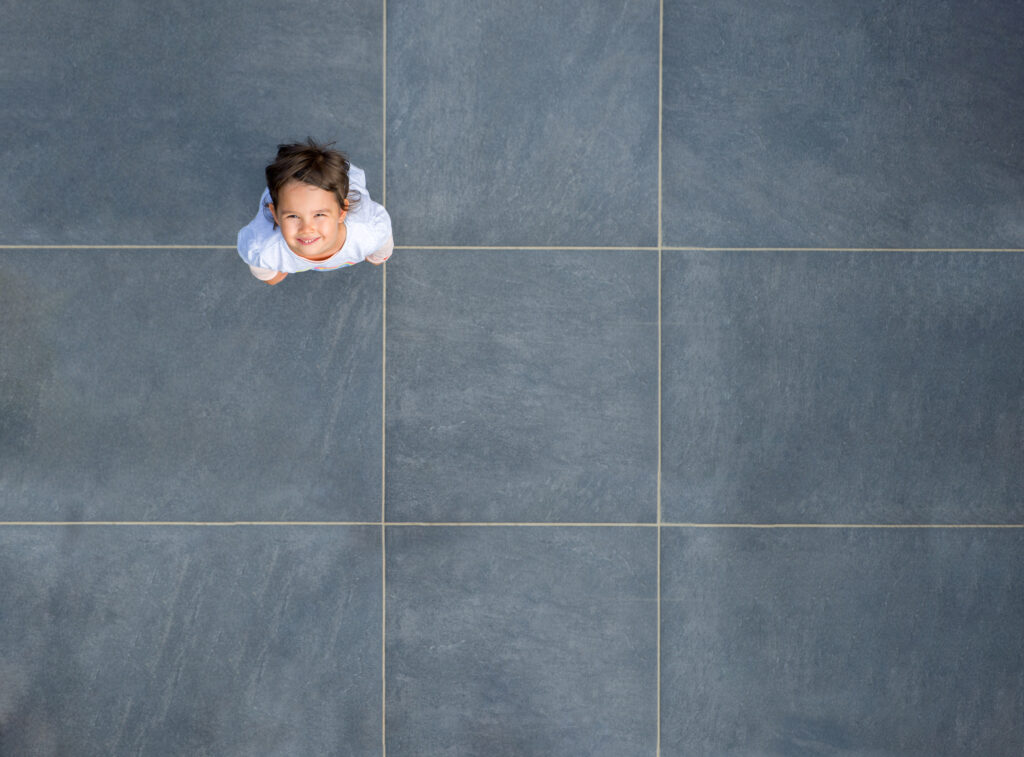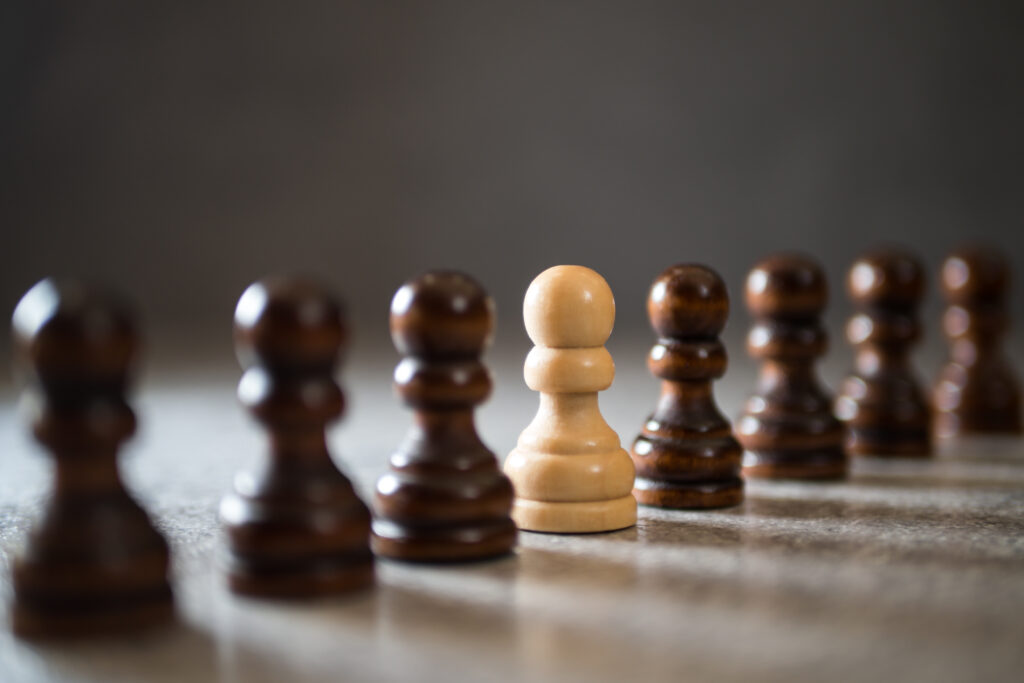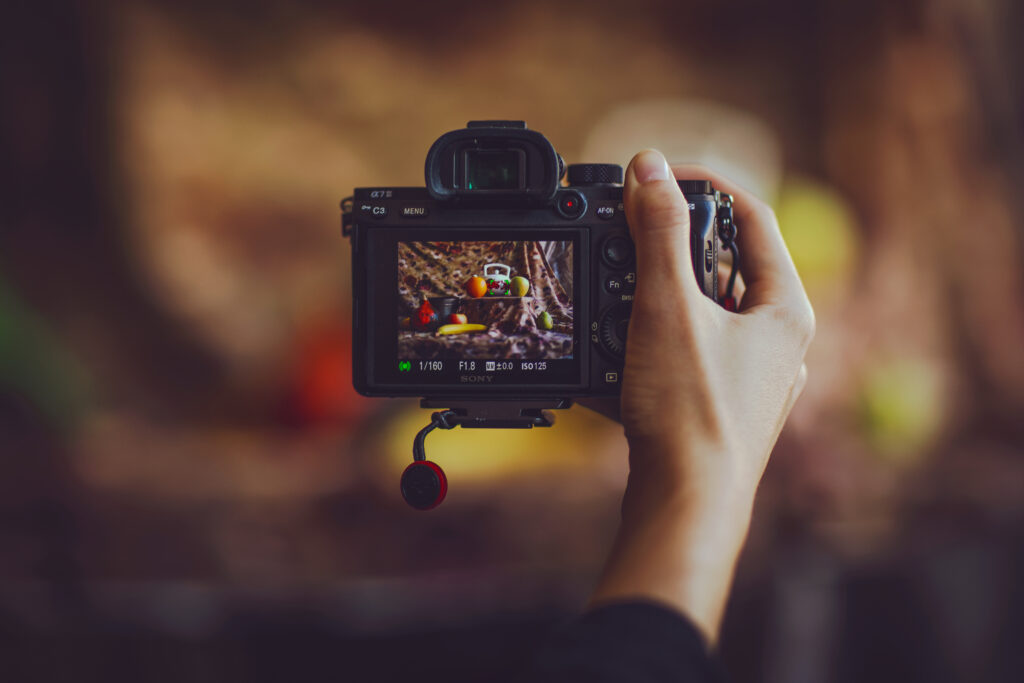How to Frame the Perfect Shot in Real Estate Photography

Are you looking to take the perfect shot in real estate photography?
Framing the perfect shot is an art form, and it takes a great deal of skill and practice to master. In this blog post, we’ll explore the art of composition in real estate photography and discuss how to frame the perfect shot. We’ll also provide some useful tips and tricks to help you get the most out of your shots.
So read on to learn more about how to frame the perfect shot in real estate photography!
The Rule of Thirds

The Rule of Thirds is one of the most fundamental composition techniques used in real estate photography.
It’s a visual trick that allows you to draw attention to the subject of your photo, while still including other important elements in the frame.
To use the Rule of Thirds, you simply divide your frame into three equal sections both vertically and horizontally. This creates nine equal sections in total. Your subject should be placed along these intersecting lines or within the intersection points. By placing your subject at one of these points, you draw viewers’ eyes directly to the center of interest.
This technique helps to create balance and interest in your photos, as the composition becomes more dynamic when the subject is not centered. Additionally, the Rule of Thirds can be used to create leading lines, which are lines that draw viewers’ eyes from one point to another, adding depth and perspective.
Real estate photography is all about creating a balanced image that shows off the property in its best light. Using the Rule of Thirds will help you to do this and will ensure that your photos are aesthetically pleasing.
Leading Lines

Leading lines are the visual pathways in an image that help lead viewers to the main subject.
They can be either straight or curved, and they can give a sense of direction and movement in a photograph. In real estate photography, leading lines can add depth and perspective to a shot, as well as create an inviting atmosphere for potential buyers.
When using leading lines in real estate photography, you should focus on creating lines that point towards your main subject, such as a staircase leading up to the front door or the flow of a river running through the backyard. This will draw viewers’ eyes towards the center of the photo and give the image more interest. Additionally, by leading viewers through the frame with lines, you can create a sense of anticipation as they wait to see what is at the end of the line.
Using leading lines effectively in real estate photography requires some practice and experimentation. You should try to compose your shots in ways that use existing elements in the landscape, such as walkways, railings, roads, or waterways, to create interesting visual pathways.
You can also use architectural features like doorways, windows, and walls to create strong lines in the frame that point towards your subject. Finally, make sure that you avoid cluttering the frame with too many lines, as this can detract from the impact of your main subject.
By using leading lines in your real estate photography, you can create engaging photos that draw viewers in and show off the best features of a property. With practice and experimentation, you can master the art of composing with leading lines and take beautiful photos of any property.
Depth of Field

When it comes to real estate photography, one of the most important aspects to consider is the depth of field.
Depth of field is the range between the closest and farthest objects that appear in sharp focus. By playing with depth of field, you can create a photograph that captures the perfect shot.
One way to achieve this is by using a large aperture (low f-stop number). This will create a shallow depth of field and put the focus on your subject. A shallow depth of field is especially useful when you want to draw attention to certain details in your photo, such as the door handle or a window.
On the other hand, you might also want to use a small aperture (high f-stop number). A small aperture will create a deep depth of field, which will make sure that everything from the foreground to the background is in sharp focus. This is great for capturing the entire room and showing off every detail.
No matter what type of shot you are going for, understanding the depth of field is key to creating beautiful real estate photography. When used correctly, it can add a lot of character and emotion to your photographs and help tell your story.
Correct Exposure
When it comes to real estate photography, the importance of correct exposure can’t be overstated.
The right exposure will bring out the best in your subject, while incorrect exposure will make the entire photo look washed out or too dark. Achieving proper exposure requires a bit of trial and error, but with a few simple tips, you’ll be able to create beautiful photos with ease.
The first step is to determine what your subject looks like in its natural environment. Take some test shots without any flash, and adjust your camera settings until you get the right balance of light and shadows. Once you have the right combination, take more photos using that same setting. This will help ensure that all your photos have consistent exposure.
Another thing to keep in mind is to use the best lighting for your scene. Natural light is usually the best choice, as it creates a natural look and brings out the details in your photos. You can also use additional lights to fill in any areas that may be too dark.
Finally, remember that your camera’s settings are just the starting point. If you need to make adjustments, feel free to do so until you achieve the desired look. Don’t be afraid to experiment with different settings or techniques; you never know what kind of amazing photos you might be able to create!
With a bit of practice and dedication, you’ll soon be a master of correct exposure in real estate photography!
Good Composition is Key

When it comes to real estate photography, good composition is key.
Composition is the art of arranging elements in a way that gives your photograph a pleasing and balanced appearance. It’s the key to framing the perfect shot, and when done right, it can make your photos stand out from the crowd.
The rule of thirds and leading lines are both popular composition techniques for creating balance in a photo. The rule of thirds involves mentally dividing a frame into nine equal sections and placing points of interest on the intersections or along the lines. Leading lines provide depth and perspective in an image by guiding the eye through a scene. When used together, these techniques can create powerful visuals that draw viewers in.
Depth of field is another important consideration for composition in real estate photography. When shooting a scene with multiple points of interest, it’s important to adjust the depth of field so that each object stands out. A shallow depth of field will blur the background and foreground, while a deeper depth of field will keep more of the scene in focus.
Finally, it’s essential to make sure your photo is correctly exposed. This means making sure the highlights, mid-tones, and shadows are all correctly balanced to produce an image that looks natural and appealing. Overexposure or underexposure can ruin a photograph, so it’s important to get it just right.
When you take the time to consider each of these elements and apply them correctly, you can be sure that your real estate photographs will turn out looking their best.
Selling a property? Reach out to us today to learn more about our professional photography services and other marketing!
For more content, check out our new podcast here!
